If you look around lately, the wellness world is exploding. Everyone’s stressed, tired, exhausted, and overwhelmed… and honestly, looking for anything that brings actual relief instead of another shiny “fix” that doesn’t do much. And that’s exactly why breathwork has stepped into the spotlight again, except this time, people actually want to learn it properly, not just do a couple of deep inhales from a YouTube video and hope their life instantly sorts itself out.
So more folks are asking, “Can I really build a wellness business around breathwork?”
Short answer: yes, you can. A solid breathwork teacher training or breathwork coach certification doesn’t just teach you breathing patterns; it gives you tools, structure, and confidence to turn this thing into a legit, income-generating practice.
Let’s break it down in a straightforward, not-too-polished way.
Why Breathwork Is Having a Moment
People have hit a wall with burnout. They want fast relief. Not complicated. Not expensive. Not something requiring a full personality makeover.
Breathwork is simple. Human. Accessible.
And when someone gets even one good session where their chest loosens, they stop spinning mentally, and they suddenly feel like they’re inside their body again, they get it. They want more.
The thing is… more people want trained guides. Not random advice online.
A breathwork teacher training program gives you credibility at a time when wellness clients are becoming more careful about who they trust. They want someone who knows what they’re doing, especially when sessions get emotional, or when someone feels dizzy, or when a client suddenly says, “Hey, why am I crying right now?”
You need to know how to hold that space.
Good training teaches you that.
What Breathwork Teacher Training Actually Gives You
A lot of people think breathwork training is just about mastering a few breathing styles: box breathing, circular breathing, slow diaphragmatic stuff, whatever.
But real, high-quality breathwork coach certification goes way deeper.
1. You learn how the breath actually works on the body and mind.
Not fluffy “oxygen heals everything” claims.
You learn the physiology of the nervous system response, vagal tone, CO₂ tolerance, trauma-sensitive approaches, and safety protocols. You gain the knowledge needed to keep your clients safe and builds their trust.
2. You learn how to guide sessions without sounding robotic or rehearsed.
No one wants a wellness coach who talks like a meditation app.
Training helps you develop your own grounded voice, the one clients connect with.
3. You learn how to work with real human emotions.
Breathwork brings stuff up. Emotions, old memories, and physical sensations people didn’t know they had. And if you freeze as the coach, your client feels it.
A proper certification teaches you to stay steady and to help clients feel steady, too.
4. You learn to structure sessions that don’t feel random.
Clients want a journey, not a messy collection of breathing patterns thrown at them.
Training helps you build:
- private 1:1 session plans
- group class flows
- thematic sessions (stress relief, clarity, inner child work, grounding, etc.)
This is the stuff that makes your work feel professional, not accidental.
How Breathwork Training Helps You Build a Real Wellness Business
Let’s be blunt: A lot of wellness practitioners know their craft, but they struggle with the business part. They know how to help people but not how to get clients or earn enough to call it a business.
Good breathwork training helps with that, too.
1. You learn how to position yourself in a crowded wellness market.
Anyone can post breathing videos on Instagram.
Not everyone can confidently say they’re a trained, certified breathwork coach.
Certification gives you authority, and clients look for that.
2. You get clarity on what types of services to offer.
Many new coaches get stuck because there are too many choices.
Training helps you figure out where you fit, like:
- group sessions
- corporate workshops
- private sessions
- retreats
- online classes or memberships
- speciality focuses (anxiety, creative flow, athletes, trauma-aware work, etc.)
Once you know your lane, your business gets a lot easier to build.
3. You learn how to actually charge for your work.
Money conversations can feel weird, especially in wellness. Most healers just want to heal and not think about charging for their time and knowledge.
Training gives guidelines, examples, and frameworks so you don’t underprice yourself into exhaustion.
4. You learn how to talk about breathwork without sounding salesy or abstract.
Clients don’t want jargon. They want results.
You’ll learn how to communicate what you do in a way that makes sense to normal people, not a dissertation on breathing mechanics.
5. You get a supportive community behind you.
Entrepreneurship gets lonely. Wellness work can get heavy.
A breathwork training community gives you peers who understand what you’re doing and can support your growth.
That alone can keep your business alive on days when you’re doubting everything.
Why Breathwork Is One of the Most Flexible Wellness Careers Right Now
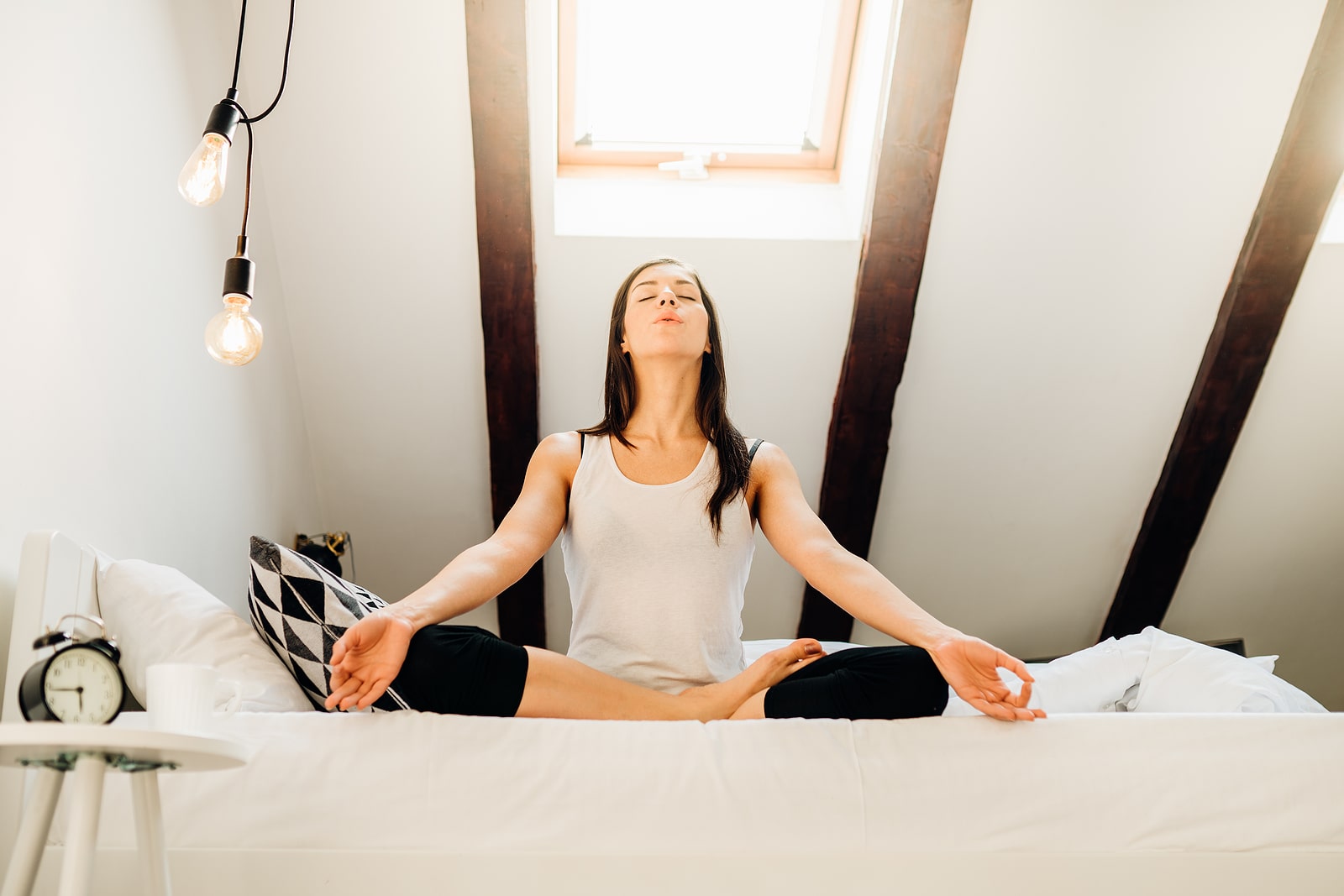 This part is honestly underrated.
This part is honestly underrated.
Breathwork fits pretty much anywhere:
- Yoga studios
- Mental health clinics (as a complementary tool)
- Corporate wellness programs
- Retreats
- Gyms
- Online platforms
- Private coaching businesses
- Workshops at festivals
- Community centers
It’s not tied to one environment. You can start small, literally in your living room or online, and grow into bigger offerings later.
A breathwork coach certification also means you can blend breathwork with other modalities you already use:
- life coaching
- somatic work
- meditation
- energy healing
- sound baths
- fitness training
You don’t have to start from zero.
Breathwork enriches whatever you’re already doing.
What Clients Actually Want From a Breathwork Coach
This is important.
People don’t come to breathwork sessions expecting you to be the most enlightened person in the room.
They want someone who:
- listens
- creates safety
- guides without pressure
- stays calm when emotions rise
- doesn’t pretend breathwork is some magic miracle cure
Good training makes you that kind of guide.
Clients return not because your technique is flawless, but because your presence feels trustworthy. Breathwork teacher training teaches the presence part, which is something YouTube can’t.
Breathwork as a Business: Yes, You Can Make a Living
Some people hesitate because they feel unsure about the earning potential.
But breathwork is growing fast because:
- it works
- It’s accessible
- People can feel the results quickly
- Companies are including it in wellness programs
- Therapists and coaches are integrating it into existing services
Breathwork coaches are building real businesses, not just side hustles.
Here’s what a trained coach typically offers:
- $60–$150 per private session (sometimes more)
- $20–$40 per group class
- $300+ workshops
- $1500–$5000 retreats
- corporate sessions that can pay very well
Once you have your certification and your confidence, you decide your income level by how you structure your offerings.
Breathwork isn’t limited by geography either.
Online sessions are normal now.
That means your business isn’t stuck inside the zip code you live in.
Why Solid Training Matters More Than Ever
Let’s be honest: The wellness industry has a credibility problem sometimes. Too many people lead sessions with zero training, and clients are starting to notice.
If you want to build a long-term business, a serious one, breathwork teacher training is the foundation.
It gives you:
- real skills
- a safer practice
- a more grounded approach
- confidence
- professional tools
- ethical guidelines
And clients choose trained practitioners over casual instructors. Every time.
So, Should You Do Breathwork Teacher Training?
If you feel drawn to helping people… yes. If you want a career that feels meaningful… yes. If you want flexibility, creativity, and income potential… definitely yes.
Breathwork training isn’t just a certificate. It’s the start of a business that can grow with you, whether you go solo, teach groups, partner with studios, or build entire retreats around your work.
And once you’ve got the training and breathwork coach certification behind you, your business becomes a lot easier to build. You’re not guessing. You’re not hoping clients magically show up. You’re working with clarity and confidence.
Ready to Start Your Breathwork Coaching Journey?
If you’re serious about creating a real, sustainable wellness business through breathwork, and you want training that’s actually respected, check out BREATH MASTERY.
Your future clients are out there, already looking for someone like you.
Might as well be ready for them.
FAQs
1. Do I need previous experience to start breathwork teacher training?
No, most programs are designed for beginners and intermediate practitioners. Curiosity and commitment matter more than your starting point.
2. How long does breathwork coach certification usually take?
Depends on the program. Some run over a few weeks, others a few months. Longer doesn’t always mean better; quality of teaching matters more.
3. Can I combine breathwork coaching with another wellness service?
Absolutely. Many coaches mix breathwork with yoga, mindfulness, somatic work, personal training, and/or coaching.
4. Is breathwork safe for everyone?
Mostly yes, but with proper guidance. That’s why training covers modifications and safety protocols for clients with certain conditions.
5. How soon can I start earning after certification?
Often immediately. Many students begin offering sessions during or right after training because the demand is already there.

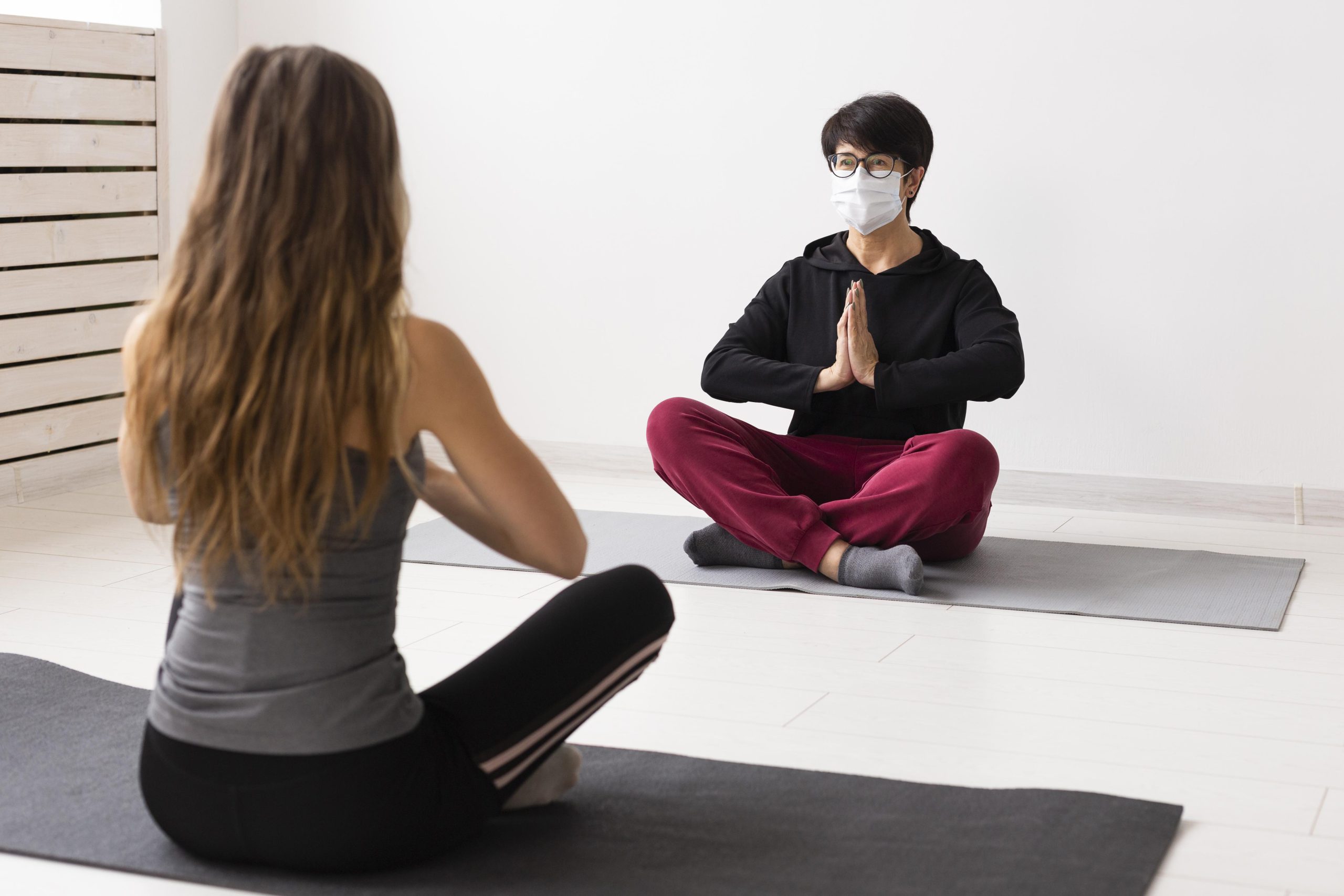


 This part is honestly underrated.
This part is honestly underrated.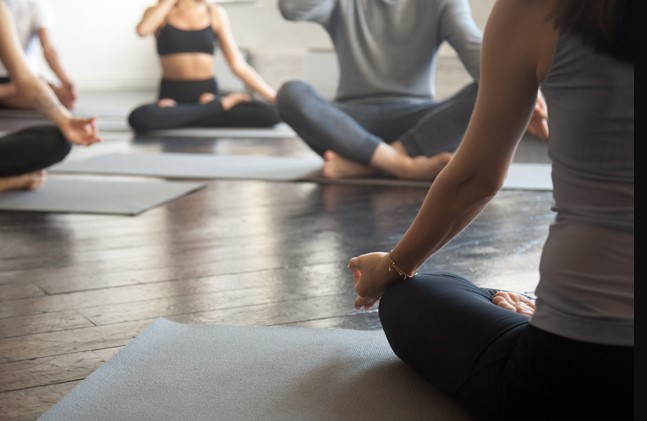
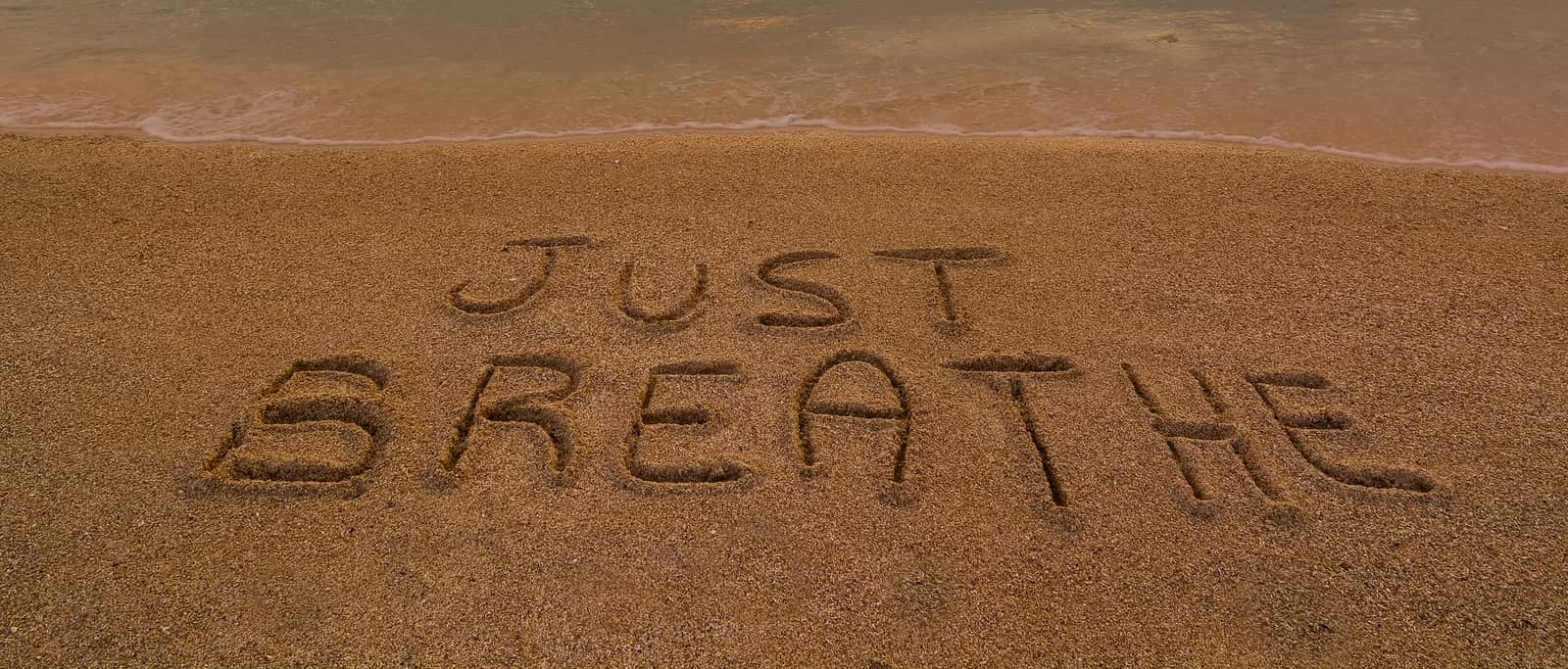





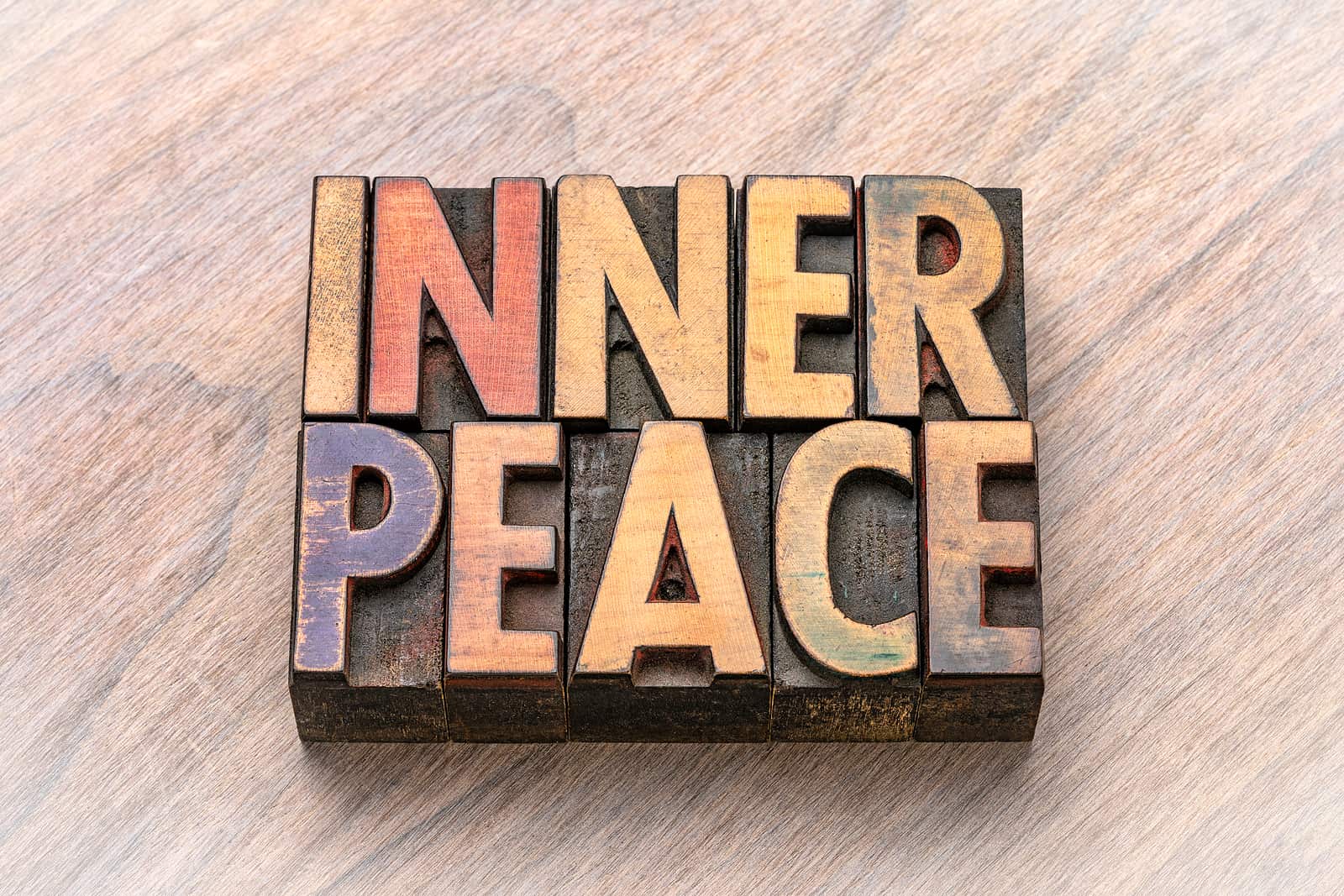



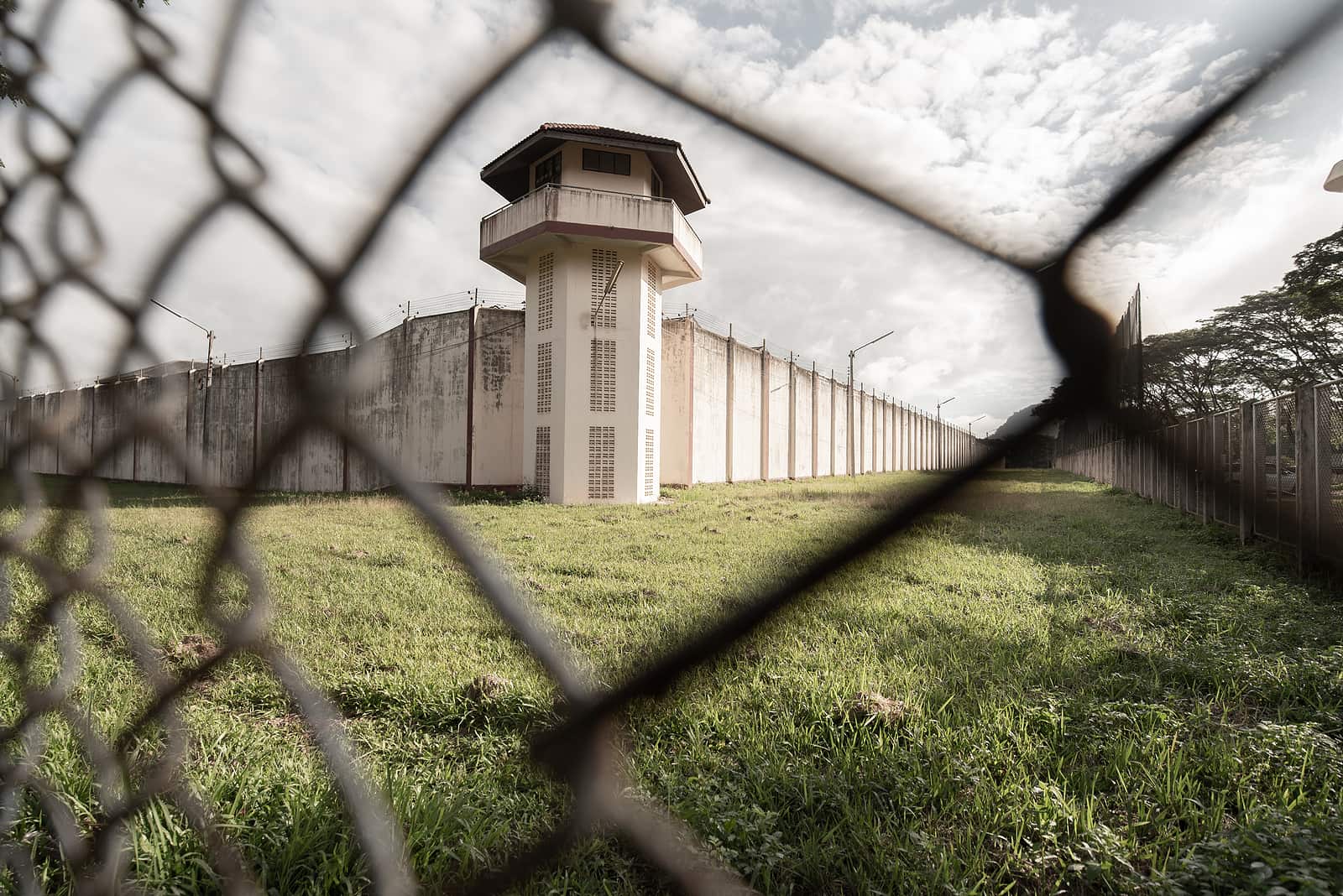
Recent Comments